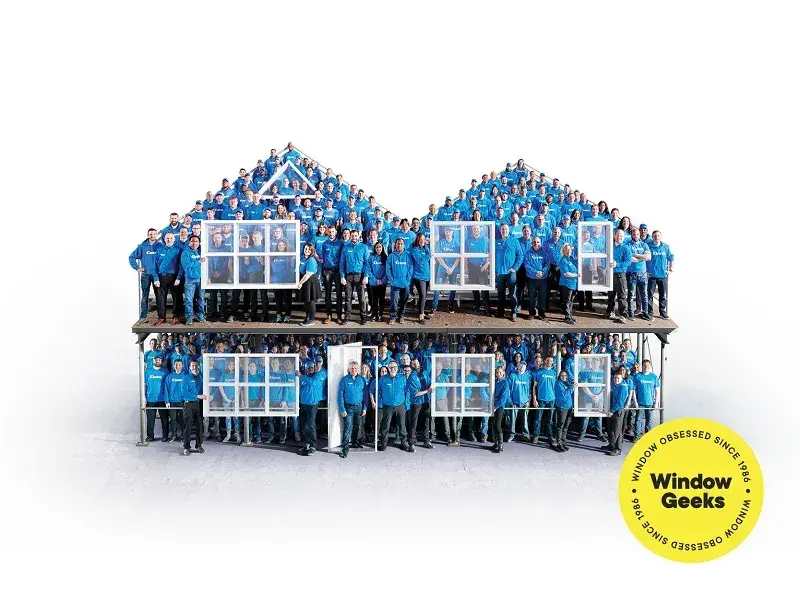Categories
Trending
Comfort
When To Repair New Windows
Energy Savings Rebates
The Benefits of Triple Pane Sliding Windows & Doors
Centra Cares In The News
2024: Another Great Year for Centra Cares
Recommended
Master Class
Air & Water Tightness White PaperMaster Class
Enforcing AirtightnessYour Guide to Glass
We’ve covered air & water tightness in the Master Class, and next we’ll be moving on to guard loading – but before we do, it’s important to understand the different types of glass available in the market. Here’s your handy guide to glass types and their benefits.
-
Tempered Glass:
Tempered glass is a type of safety glass that is manufactured through a process of heating and rapid cooling, which makes it much stronger than regular glass. When tempered glass breaks, it shatters into small, blunt pieces instead of sharp shards, reducing the risk of injury. Tempered glass is commonly used in various applications that require extra strength and safety, such as:
- Guardrail systems and balustrades: Tempered glass is often used in guard load design, providing a protective barrier while allowing for transparency and visibility.
- High wind load areas: Due to its strength, tempered glass is ideal for buildings and structures located in areas prone to strong winds, such as coastal regions.
- Doors and windows: Tempered glass is used in doors and windows to enhance their safety and security, as it is more resistant to breakage compared to annealed glass. It also meets building code requirements for safety.
-
Laminated Glass:
Laminated glass is constructed by sandwiching a layer of polyvinyl butyral (PVB) between two or more layers of glass. This process creates a strong bond, making the glass highly resistant to breakage and reducing the risk of injury if it does break. Laminated glass offers several benefits, including:
- Acoustic glazing: The PVB interlayer in laminated glass helps reduce sound transmission, making it suitable for applications where noise control is important, such as recording studios, concert halls, and airports.
- UV protection: Laminated glass can block a significant amount of harmful UV radiation, helping to protect furniture, artwork, and occupants inside a building from the damaging effects of the sun.
-
Annealed Glass:
Annealed glass is the standard type of glass commonly found in everyday applications. It is formed by cooling molten glass slowly, allowing it to cool uniformly and relieve internal stresses. While it lacks the strength and safety features of tempered or laminated glass, annealed glass still has many practical uses, including:
- Residential windows: Annealed glass is commonly used for windows in homes and buildings where safety regulations do not require the use of tempered or laminated glass.
- Picture frames: Due to its affordability and ease of fabrication, annealed glass is often used for framing artwork, photographs, and mirrors.
- Interior glass partitions: In interior settings, where safety concerns are minimal, annealed glass may be used for creating dividers and partitions, providing separation while maintaining transparency.
Join us next time as we dive into the basics of guard loads.
Become an Expert with the Window Geeks: Master Class
Be sure to sign up for our Master Class to follow along. Have a project you're working on? Reach out to the Window Geeks early in the process and let’s make sure it's a success together.



